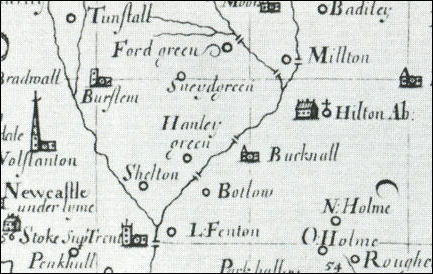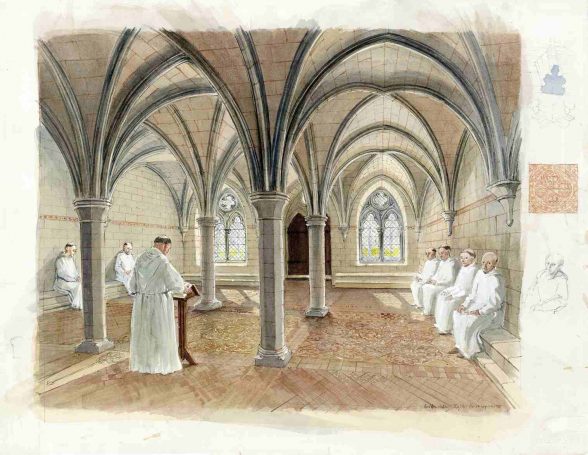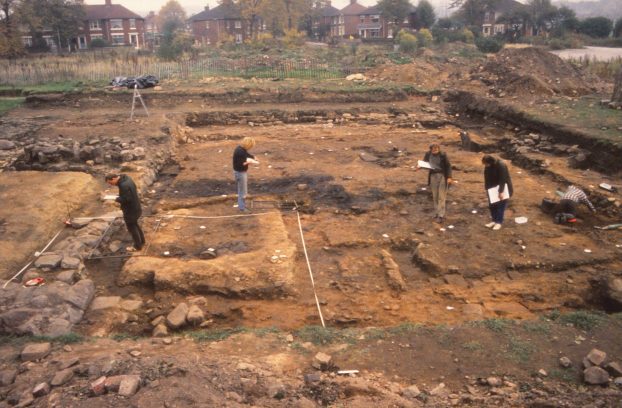History
Background
Abbey Hulton United Football Club was formed 70 years ago in 1947, making it one of the oldest formed clubs still playing Saturday football in North Staffordshire During its very early days the club played on Council land in the Abbey Hulton area. It continued to use this facility for the first 15 years, despite the fact that the changing facilities were more than a mile away from the actual pitch. In 1962 it was decided that the team should move to the Parks facility at Bucknall park, which was complete with its own changing rooms and showers adjacent to the pitch. What a luxury. The team continued to use Bucknall Park for another 23 years, until 1985.
During the period from 1947 to 1985 the team played in many local junior leagues such as:
- The Longton League
- Fenton and District League
- Burslem and Tunstall League
- Newcastle and District League hey graced all the above leagues with great distinction.
Over the years the club became more financially stable and grew in ambition. Finally in 1985 they acquired a piece of land at Birches Head Road on which it was able to obtain a 99 year lease. This is the clubs current address. Immediately, a clubhouse was built containing a bar and changing rooms for both teams and officials. At the same time an outside 5 a-side football facility was built, complete with floodlights. Having moved to this new facility the club opted to join the North Staffs Alliance League. It completed in this leauge before seeking election to one of the top leagues in the area, The Staffs County League (North), in 1987 The team played in this league and finally had a momentous season in 1997-1998 by winning the league, the cup and also the fair play award all in one season. Having achieved this feat the club applied to join what is the top junior league in North Staffordshire, the Staffordshire County Senior League.
Roll Of Honor

Some of the many trophies that the club has won
| League | Year | |
|---|---|---|
| Burslem and Tunstall | Division 2 Runners Up | 1973/1974 |
| Burslem and Tunstall | Division 1 League Champions and Cup Winners | 1978/1979 |
| President | Fenton and District Runners up | 1981/1982 |
| Fenton and District | League Champions, Cup Winners and Charity Cup Winners | 1982/1983 |
| Challenge Cup | Runners Up | 1986/1987 |
| Staffs County League | League Champions, Cup Winners and Fair Play Award | 1997/1998 |
| Staffs County Senior League | League Champions | 2003/2004 |
| Leek Cup | Runners Up | 2007/2008 |
| Under 10s | League and League Cup Winners | 2011/2012 |
| Under 11s | League Winners | 2012/2013 |
| Presidents | Trophy Winners | 2013/2014 |
| Under 12s | League and Cup Winners | 2013/2014 |
| Under 13s | League and Cup Winners | 2014/2015 |
| Leek Cup | Winners | 2014/2015 |
| Challenge | Cup Winners | 2014/2015 |
| Under 14s | League and Sub Cup Winners | 2015/2016 |
| Under 14s | England Super Cup Winners | 2015/2016 |
| Leek Cup | Winner | 2016-2017 |
| Staffordshire County Senior Premier League | Champions | 2016-2017 |
Ground Improvements and Promotion
In the season 2016-2017 Abbey Hulton United FC won the Leek Cup and were the Staffordshire County Premier League champions. We felt that it was the right time to apply to go into the Hallmark Security League. Major ground improvements had to be achieved to allow us to enter the League. With great support form Club members and local volunteers this has been achieved. After all the hard work we were proud to be accepted into the League.
Our Name
Abbey Hulton United Football Club is named after the Scheduled Monument of Hulton Abbey.
Hulton Abbey was a medieval Cistercian monastery located in Staffordshire, England. It was founded in 1219 by Henry de Audley and his wife Bertrade de Mainwaring. The abbey was dedicated to St. Mary and quickly became an important religious and economic center in the region.

A map from 1670 shows Hulton Abbey as Hilton Abbey
Cistercian monasteries were known for their focus on simplicity, austerity, and self-sufficiency. They played a significant role in the medieval economy by engaging in agricultural activities, such as farming and animal husbandry, and often had extensive land holdings.

Artist’s reconstruction of Hulton Abbey Chapter House
Hulton Abbey prospered over the years, amassing wealth and acquiring more land. The monks of Hulton Abbey were known for their wool production, which was a valuable commodity during the medieval period. The abbey’s wealth and influence continued to grow, and it became an integral part of the local community.
However, like many other monasteries, Hulton Abbey faced challenges during the Dissolution of the Monasteries in the 16th century. King Henry VIII’s dissolution policies aimed to reform the Church and consolidate his power by seizing the wealth and properties of monastic institutions. In 1538, Hulton Abbey was dissolved, and its assets were confiscated by the Crown by which time it was worth only £200 per year and had only nine monks including the abbot.
The abbey’s buildings and lands were gradually dismantled and sold off. The bells were sold and the roofing lead melted down. Many of the stones were removed to be re-used in local buildngs. In 1963, Hulton Abbey was designated a Scheduled Monument, under the Ancient Monuments and Archaeological Areas Act 1979, however due to its poor condition it is considered Heritage at Risk. The site is now owned and managed by Stoke-on-Trent City Council.

Excavations at Hulton Abbey in 1989
Today, only ruins remain as a testament to its once-thriving existence. The site is managed by English Heritage and is open to the public. Visitors can explore the remains of the abbey, including the church walls, some architectural features, and the surrounding grounds. Hulton Abbey provides a glimpse into medieval monastic life and the historical significance of religious institutions in the region.
[Abbey] Hulton was a settlement in Domesday Book, in the hundred of Pirehill and the county of Staffordshire.
It had a recorded population of 3 households in 1086, putting it in the smallest 20% of settlements recorded in Domesday (NB: 3 households is an estimate, since multiple places are mentioned in the same entry).
